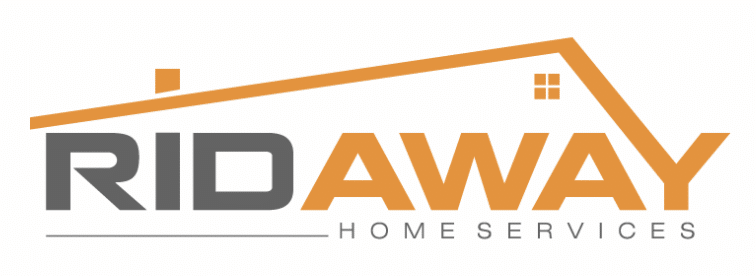When it comes to living in Massachusetts, there are some aspects of living there that you’re probably already aware of it, such as complicated and somewhat dangerous driving being the norm, distinct seasons that allow wonderful amounts of local produce, and extreme weather temperatures including rain, wind, and snow.
However, one thing you might not realize is that all of these weather changes mean that you might be experiencing a lot of moisture both in and out of your home. Perhaps you don’t have great ventilation in your bathroom, or maybe you accidentally left a window open.
Whatever the truth of the matter is, if you add moisture into any space of your house, you are also inviting mold to grow in your space, too.
Hurricanes and Flooding
Although there are many other things to keep in mind when you’re preparing to deal with a hurricane – such as stocking up on supplies and making sure you’re prepared for power outages and the like – you might also want to consider what might happen in the aftermath of the hurricane as well.
As you might expect, there is an increased likelihood of flooding and dampness indoors when it comes to a hurricane. Additionally, because of global warming and climate change, hurricanes have increased in ferocity and power over the years, meaning that the damage that happens in the wake of them has also increased.
Following a flood or similar natural disaster, water might end up pooling in a specific area and it also might end up breeding microorganisms and bacteria that grow viruses and mold. Viruses and mold can end up causing diseases such as tuberculosis and bronchitis, as well as making asthma flare up… and these sorts of diseases don’t go away as quickly as the water from flooding might.
What You Can Do
Although you may be reeling from whatever damage happened during the hurricane or flooding event, one of the most important things you first need to do is to make sure that you’re safely cleaning up the water and residue to prevent mold and bacteria growth.
The EPA has a set of guidelines you can use to clean up after a flood. This can be somewhat hard if you had to evacuate your space but as soon as any professionals on the scene say that it’s safe to re-enter your house, you should try to remove as much moisture as you can. You should also try to combat any rot that might have seeped into the wood in your house.
Snow and Ice
The other one to keep in mind is when you’re dealing with snow and ice. If a snowstorm knocks out your power or invites moisture into your house, make sure that you replace any dehumidifying appliances or moisture-removing items so that you can get your home back to a stable – and dry – temperature to reduce the amount of mold that might grow in your space.
Mold Removal
If it’s already too late and the mold has started to grow in your house, do yourself a favor and call professionals – such as us at RidAway – so that we can remove the mold from your house.
Rather than live in such a detrimental area to your health, you’re going to want to make sure that you get the mold removed as quickly and safely as possible.
That’s why professionals, like us at RidAway, will come in and do a job that’ll ensure you are living in the healthiest space you can be going forward.
If you have any questions about mold, mold growth, mold removal, etc., don’t hesitate to contact us at 781-423-8651.
